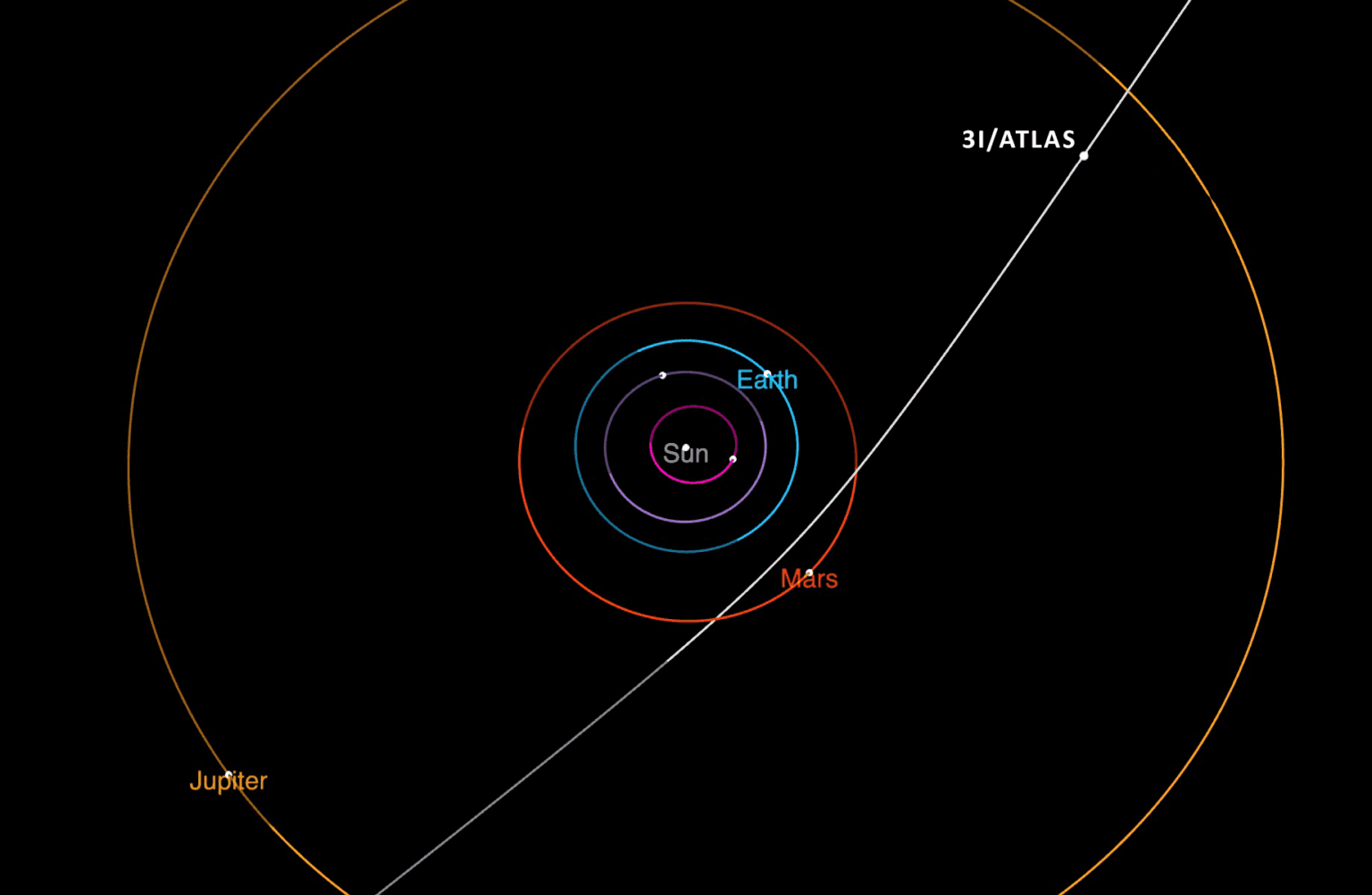ESA Refines 3I ATLAS Trajectory, December Flyby Spurs Global Livestreams
ESA announced this week that new imagery from its ExoMars Trace Gas Orbiter has substantially narrowed the orbit of interstellar comet 3I ATLAS, easing impact fears and sharpening observation plans. The December Earth flyby has become a focal point for public livestreams and scientific campaigns, with additional data from Juice expected in 2026.

New observations from the European Space Agency have tightened the orbital solution for interstellar comet 3I ATLAS, transforming a swirl of online speculation into a better defined scientific opportunity. On November 17, 2025 ESA said a sequence of images captured by the ExoMars Trace Gas Orbiter as the comet passed Mars allowed mission teams to refine the comet's trajectory, reducing uncertainties and removing credible impact scenarios. The clarification has undercut viral doomsday narratives and cleared the way for coordinated observations ahead of a December flyby.
The ExoMars TGO observations are among several spacecraft levelled on 3I ATLAS since its discovery. ESA's Juice spacecraft, currently en route to Jupiter, is also tracking the object near and after perihelion. Juice will send its higher resolution datasets to Earth in 2026, offering a delayed but potentially revelatory complement to ground based and near Earth telescopic campaigns planned for December. Together the multi platform vantage points are providing a rare cross section of an object originating from outside the solar system.
Public engagement around the flyby has been intense. Media outlets, observatories and amateur astronomy groups are organizing livestreams of the event, bringing the passage into real time for global audiences. The high level of attention highlights how celestial events now run simultaneously as scientific endeavours and mass media spectacles. While livestreams expand outreach and revenue opportunities for platforms and content creators, they also amplify the speed of misinformation when authorities do not release timely, clear data.
The scientific stakes are substantive. 3I ATLAS is the third confirmed interstellar object observed by astronomers following 1I Oumuamua in 2017 and 2I Borisov in 2019. Each interstellar visitor offers a singular chance to probe material formed around another star system. Even without in situ collection, coordinated photometry, spectroscopy and radar when obtainable can reveal composition, structure and activity that inform models of planet formation and small body populations beyond the solar system.
There are broader policy implications for space agencies and commercial actors. Rapid, transparent updates from ESA and partner observatories have been effective in defusing impact concerns, underscoring the value of centralized scientific communication during high profile events. Regulators and agencies may use this episode to refine protocols for public advisories and to pre coordinate data release with media partners so that accurate analysis outpaces speculation.
Economically, the event underscores a growing intersection between space science and consumer markets. Streaming platforms and content producers stand to gain audience and advertising revenue from the December broadcasts, while suppliers of telescopes, imaging sensors and data processing services may see short term demand spikes. In the longer term, regular detection of interstellar visitors is likely to sustain investment in wide field surveys and rapid response capabilities.
For now, astronomers and millions of curious viewers worldwide are preparing for the December encounter with clarified expectations. With ExoMars data sharpening predictions and Juice poised to contribute next year, 3I ATLAS will be studied more intensively than many past visitors, turning a moment of public anxiety into a coordinated scientific campaign.


